Ornery non-bloomers
rennfl
12 years ago
Related Stories
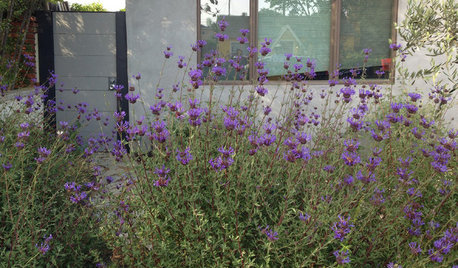
GARDENING GUIDES10 Late-Winter and Early-Spring Bloomers for the West
Tired of waiting for spring to arrive? Try these drought-tolerant, flowering plants for color that starts in late winter
Full Story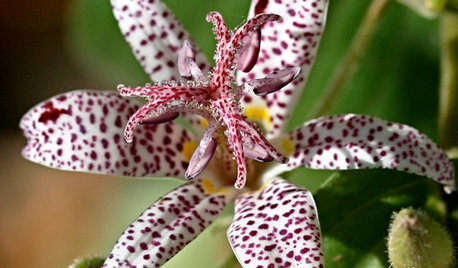
SUMMER GARDENING10 Perennials to Extend Your Garden's Summer Color
Revive summer-weary gardens with outstanding late bloomers such as toad lily, Russian sage, blanket flower and more
Full Story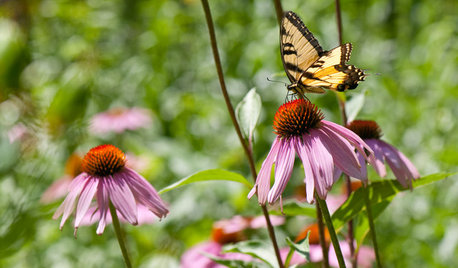
GARDENING GUIDESEntice Eastern Tiger Swallowtails With Summer Flowers
Grow nectar-rich native bloomers and larval host plants for these endearing butterflies
Full Story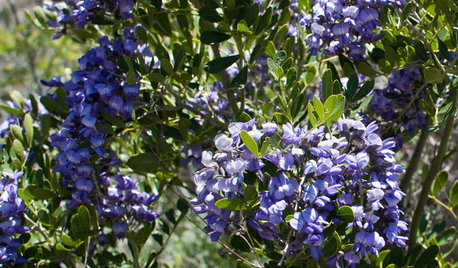
TREES6 Unsung Spring-Blooming Trees
Billowy blooms and rare fragrances will make you wonder how these flowering trees could ever have been underused in landscapes
Full Story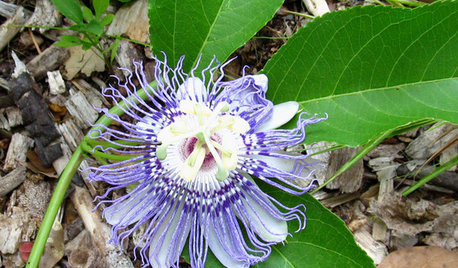
GARDENING GUIDESGreat Design Plant: Passiflora Incarnata
Enjoy the amazing flowers and edible fruit of U.S. native Passiflora incarnata (also known as maypop) — the butterflies sure do
Full Story
GARDENING GUIDESLet Lilac Love Flower This Spring
Whatever you bestow or receive for Mother's Day, lilacs can be an unmatched gift in the garden in May
Full Story
GARDENING GUIDES6 Plants That Beat Butterfly Bush for the Wildlife Draw
It's invasive, a nonnative and a poor insect magnet. Check out these better alternatives to butterfly bush in the garden
Full Story
GARDENING GUIDESAttract Hummingbirds and Bees With These Beautiful Summer Flowers
Roll out a welcome mat for pollinators to keep your landscape in balance and thriving
Full Story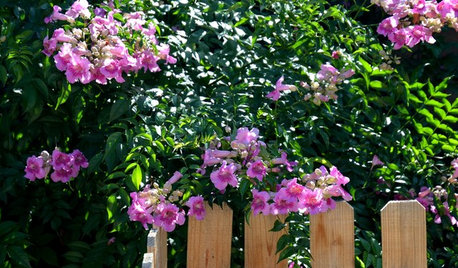
PINK FLOWERSGreat Design Plant: Pink Trumpet Vine Heralds Vibrant Color
Announce your landscape beautification efforts with this flowering vine that perks up hot, dry gardens
Full Story
GARDENING GUIDESMake Sure You Read This Before Buying New Plants
Follow these 10 plant-selection tips to avoid buyer’s remorse
Full StorySponsored






puglvr1
mdahms1979
Related Professionals
Marco Island Landscape Architects & Landscape Designers · Pottstown Landscape Contractors · Matthews Landscape Contractors · Crystal Landscape Contractors · Fairview Landscape Contractors · Fort Mill Landscape Contractors · Harvey Landscape Contractors · Lemoore Landscape Contractors · Longview Landscape Contractors · Mequon Landscape Contractors · Vashon Landscape Contractors · Lauderdale Lakes Landscape Contractors · Deer Park Driveway Installation & Maintenance · Pawtucket Driveway Installation & Maintenance · Reston Driveway Installation & MaintenancerennflOriginal Author
penfold2
Denise
mdahms1979
greedygh0st
penfold2
mdahms1979
pirate_girl